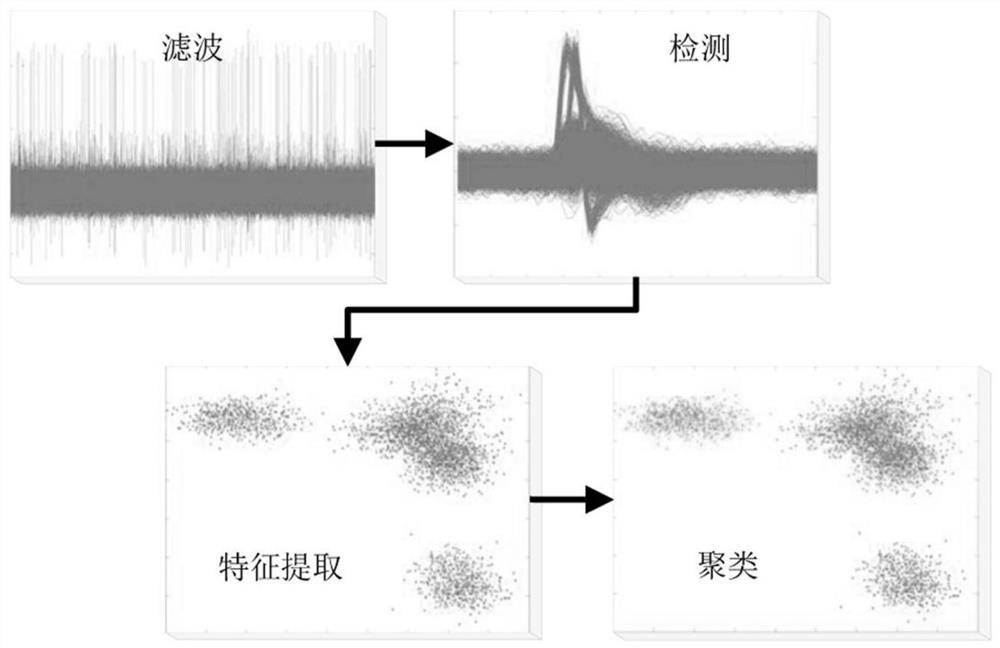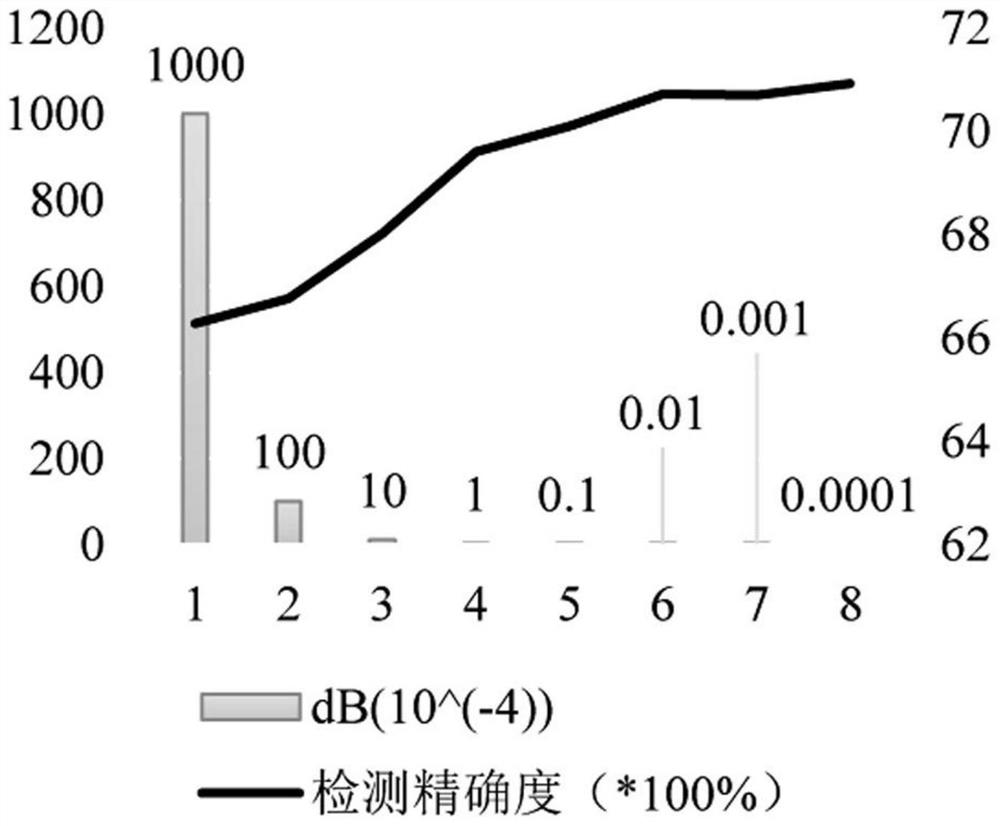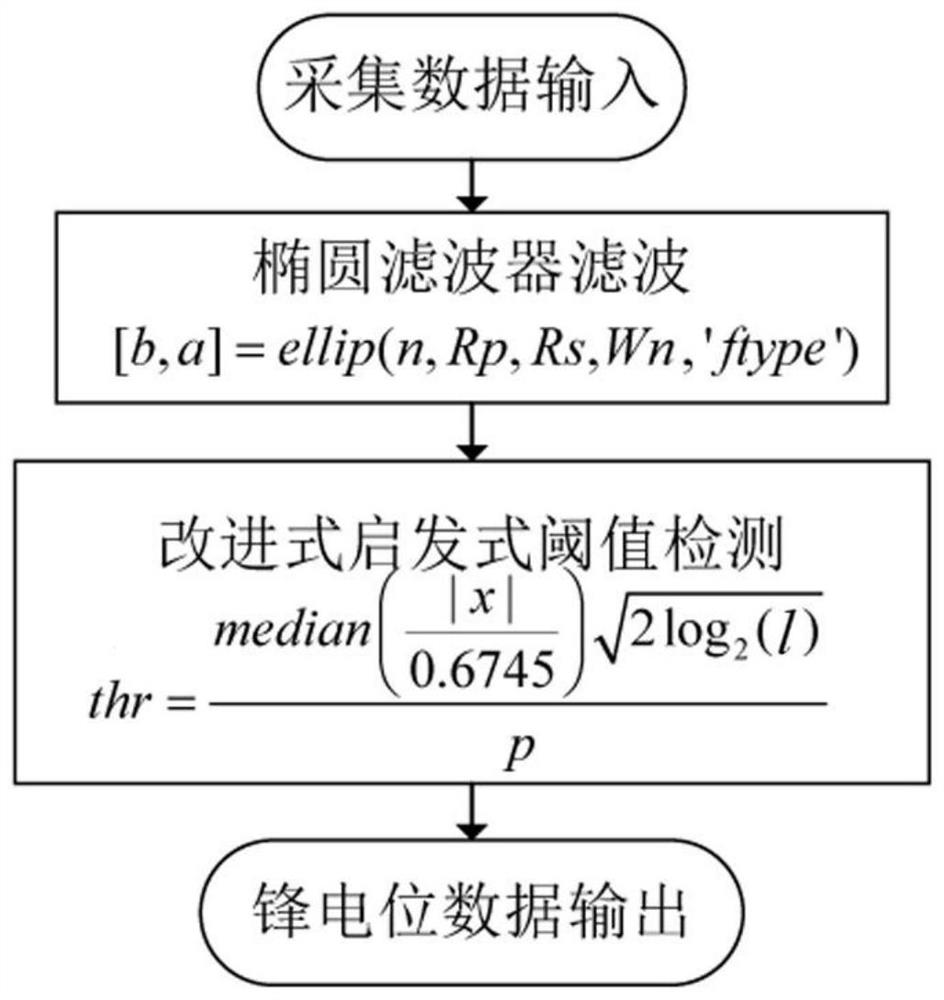Implantable brain-computer interface neuron spike potential classification method
A technology of brain-computer interface and classification method, which is applied in computer parts, character and pattern recognition, pattern recognition in signals, etc. It can solve problems such as difficult clustering, difficult detection of neuron spike data, and low signal-to-noise ratio
- Summary
- Abstract
- Description
- Claims
- Application Information
AI Technical Summary
Problems solved by technology
Method used
Image
Examples
Embodiment Construction
[0031] Such as figure 1 Shown, the implementation process of the present invention is as follows:
[0032] A) filtering
[0033] Filter the collected EEG signals, use the 300-3000Hz band-pass elliptic filter ellip function [b,a]=ellip(n,Rp,Rs,Wn,'ftype') in matlab to filter the collected original EEG signals The signal is filtered, and the parameters of the elliptic filter are set. After continuous tuning and tuning, the Rp of the filter is finally adjusted to 1×10 -6 dB, such as figure 2 As shown, so that the useful signal can be passed through without attenuation as much as possible, and the waveform of the low-amplitude spike signal in the collected original signal is retained, and the filtered signal x is obtained.
[0034] B) detection
[0035] Use the improved heuristic threshold detection formula to detect the spike potential on the filtered signal, the improved formula is Among them, l represents the length of the filtered signal, x represents the filtered signa...
PUM
 Login to View More
Login to View More Abstract
Description
Claims
Application Information
 Login to View More
Login to View More - R&D
- Intellectual Property
- Life Sciences
- Materials
- Tech Scout
- Unparalleled Data Quality
- Higher Quality Content
- 60% Fewer Hallucinations
Browse by: Latest US Patents, China's latest patents, Technical Efficacy Thesaurus, Application Domain, Technology Topic, Popular Technical Reports.
© 2025 PatSnap. All rights reserved.Legal|Privacy policy|Modern Slavery Act Transparency Statement|Sitemap|About US| Contact US: help@patsnap.com



